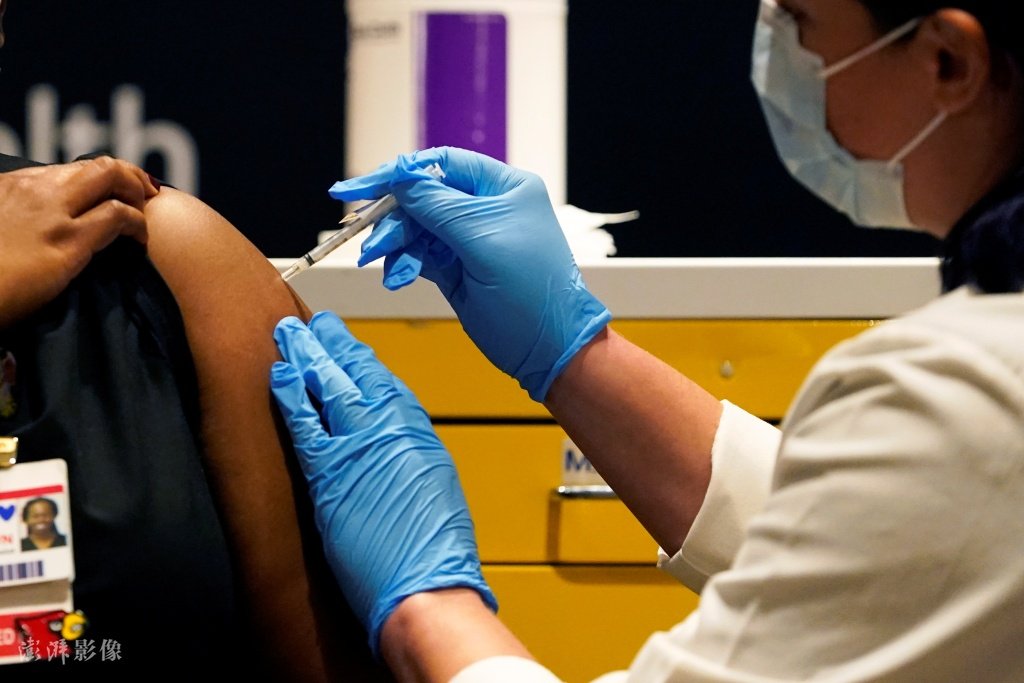January 22 New Zealand’s Coronavirus Response Minister Chris Shipkins announced on the 22nd that as an auxiliary means of screening for COVID-19 infection, staff in New Zealand’s pandemic prevention quarantine area can receive saliva testing from the 25th.
In a regular press release released on the same day, Hipkins said that saliva testing follows the principle of voluntariness and is an additional protective measure for staff in high-risk areas such as pandemic prevention isolation hotels and airport isolation areas.
At the same time, the existing throat swab tests performed on these personnel remained unchanged.
“The saliva testing helps to quickly detect potential infections and better respond to more contagious variants of COVID-19 in high-risk areas,” Hipkins said, as part of a series of enhanced testing measures by the New Zealand government.
According to the data of the New Zealand Ministry of Health on the 22nd, New Zealand has imported nine new cases of COVID-19 overseas in the past two days.
In response to the grim situation of the overseas pandemic, there is a growing call for the government to completely blockade the border, but Prime Minister Jacinda Ardern denied the possibility of a complete border closure in New Zealand.
She told the media on the 21st that New Zealand will try to gradually reopen its borders when conditions are ripe.
An international flight from the South Pacific island country Cook Islands to Auckland, New Zealand on the 21st became the first quarantine-free flight to arrive in New Zealand in the past 10 months.
The head of Auckland Airport said that the quarantine-free arrival of the flight to New Zealand is a milestone and marks the development of New Zealand’s civil aviation and tourism industry.



